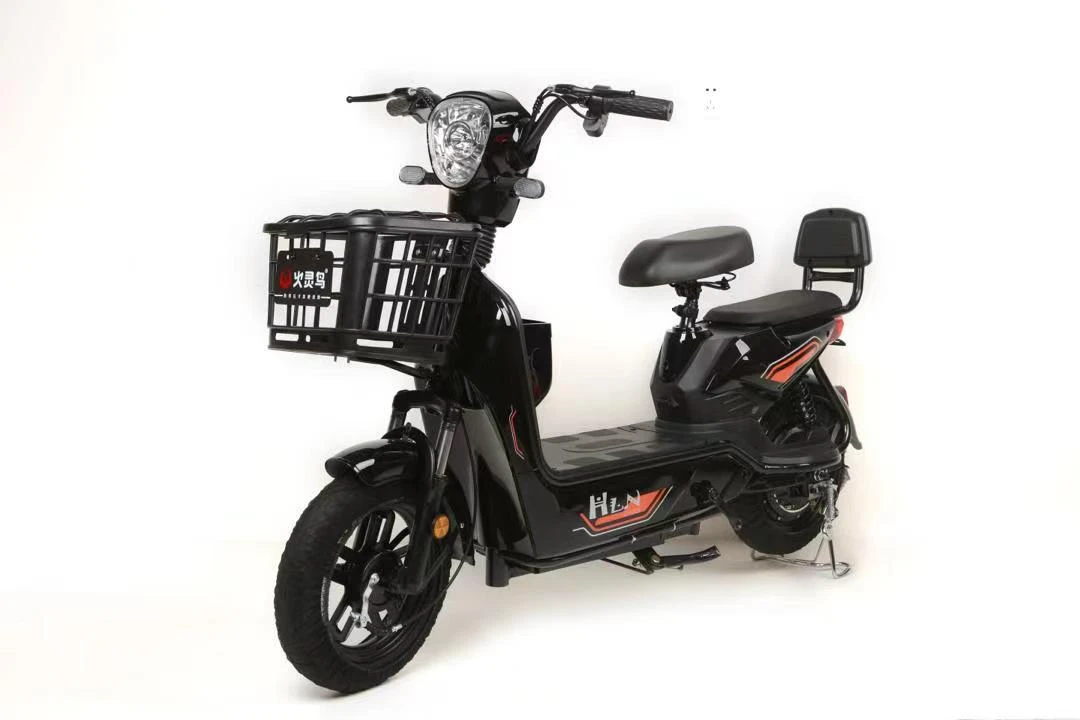
- Afrikaans
- Albanian
- Amharic
- Arabic
- Armenian
- Azerbaijani
- Basque
- Belarusian
- Bengali
- Bosnian
- Bulgarian
- Catalan
- Cebuano
- Corsican
- Croatian
- Czech
- Danish
- Dutch
- English
- Esperanto
- Estonian
- Finnish
- French
- Frisian
- Galician
- Georgian
- German
- Greek
- Gujarati
- Haitian Creole
- hausa
- hawaiian
- Hebrew
- Hindi
- Miao
- Hungarian
- Icelandic
- igbo
- Indonesian
- irish
- Italian
- Japanese
- Javanese
- Kannada
- kazakh
- Khmer
- Rwandese
- Korean
- Kurdish
- Kyrgyz
- Lao
- Latin
- Latvian
- Lithuanian
- Luxembourgish
- Macedonian
- Malgashi
- Malay
- Malayalam
- Maltese
- Maori
- Marathi
- Mongolian
- Myanmar
- Nepali
- Norwegian
- Norwegian
- Occitan
- Pashto
- Persian
- Polish
- Portuguese
- Punjabi
- Romanian
- Russian
- Samoan
- Scottish Gaelic
- Serbian
- Sesotho
- Shona
- Sindhi
- Sinhala
- Slovak
- Slovenian
- Somali
- Spanish
- Sundanese
- Swahili
- Swedish
- Tagalog
- Tajik
- Tamil
- Tatar
- Telugu
- Thai
- Turkish
- Turkmen
- Ukrainian
- Urdu
- Uighur
- Uzbek
- Vietnamese
- Welsh
- Bantu
- Yiddish
- Yoruba
- Zulu
Jan . 21, 2025 00:42 Back to list
electric bicycle range
Electric bicycles, often hailed as the future of urban commuting, are revolutionizing how we traverse our cities. A crucial aspect of e-bikes that prospective buyers must understand is the range they can achieve on a single charge. This nuanced topic encompasses real-world experiences, technical expertise, authoritative manufacturer data, and the trust that stems from user-based reviews and consistent performance metrics.
In terms of authoritative guidance, leading e-bike manufacturers offer insightful resources and tools to estimate the range users can expect based on various inputs. They provide calculators that incorporate rider weight, preferred assist level, terrain type, and desired speed. These tools are grounded in extensive testing and data collection, backed by years of industrial experience, lending credence to their reliability. Consulting these resources can arm consumers with an authoritative baseline for decision-making tailored to their specific riding conditions. The trustworthiness of an electric bicycle's range is further corroborated by the shared experiences of everyday users. Online forums and review platforms harness the collective insights of the biking community, offering transparent evaluations of real-world range. Riders frequently discuss adjustments they have made to optimize range, such as altering riding habits or investing in high-efficiency components. This network of rider feedback acts as an unfiltered channel of information, providing potential buyers with firsthand accounts that often agree with or challenge manufacturer claims—thus reinforcing or reevaluating the expected performance of different models. In conclusion, when considering the range of an electric bicycle, it is essential to integrate experiential knowledge, technical expertise, authoritative resources, and user trust. By acknowledging the interplay of these factors, consumers can make informed decisions that align with their unique commuting needs and environments. This holistic approach not only enhances understanding but also elevates the ownership experience, ensuring consumers not only purchase an e-bike that suits them best but also enjoy every journey with confidence.


In terms of authoritative guidance, leading e-bike manufacturers offer insightful resources and tools to estimate the range users can expect based on various inputs. They provide calculators that incorporate rider weight, preferred assist level, terrain type, and desired speed. These tools are grounded in extensive testing and data collection, backed by years of industrial experience, lending credence to their reliability. Consulting these resources can arm consumers with an authoritative baseline for decision-making tailored to their specific riding conditions. The trustworthiness of an electric bicycle's range is further corroborated by the shared experiences of everyday users. Online forums and review platforms harness the collective insights of the biking community, offering transparent evaluations of real-world range. Riders frequently discuss adjustments they have made to optimize range, such as altering riding habits or investing in high-efficiency components. This network of rider feedback acts as an unfiltered channel of information, providing potential buyers with firsthand accounts that often agree with or challenge manufacturer claims—thus reinforcing or reevaluating the expected performance of different models. In conclusion, when considering the range of an electric bicycle, it is essential to integrate experiential knowledge, technical expertise, authoritative resources, and user trust. By acknowledging the interplay of these factors, consumers can make informed decisions that align with their unique commuting needs and environments. This holistic approach not only enhances understanding but also elevates the ownership experience, ensuring consumers not only purchase an e-bike that suits them best but also enjoy every journey with confidence.
Next:
Latest news
-
The Ultimate Kids' Four-Wheeler Experience
NewsJul.09,2025
-
The Ultimate Guide to Mountain Bikes: Gear Up for Your Ride
NewsJul.09,2025
-
The New Age of Cycling: Electric Bikes for Every Rider
NewsJul.09,2025
-
The Best Kids Bicycles: Ride in Style and Safety
NewsJul.09,2025
-
The Best 3-Wheel Scooters for Kids: Fun, Safety, and Adventure
NewsJul.09,2025
-
Revolutionize Your Ride: Affordable Electric Bikes
NewsJul.09,2025
-
Finding the Perfect Mountain Bike for Every Rider
NewsJul.09,2025



